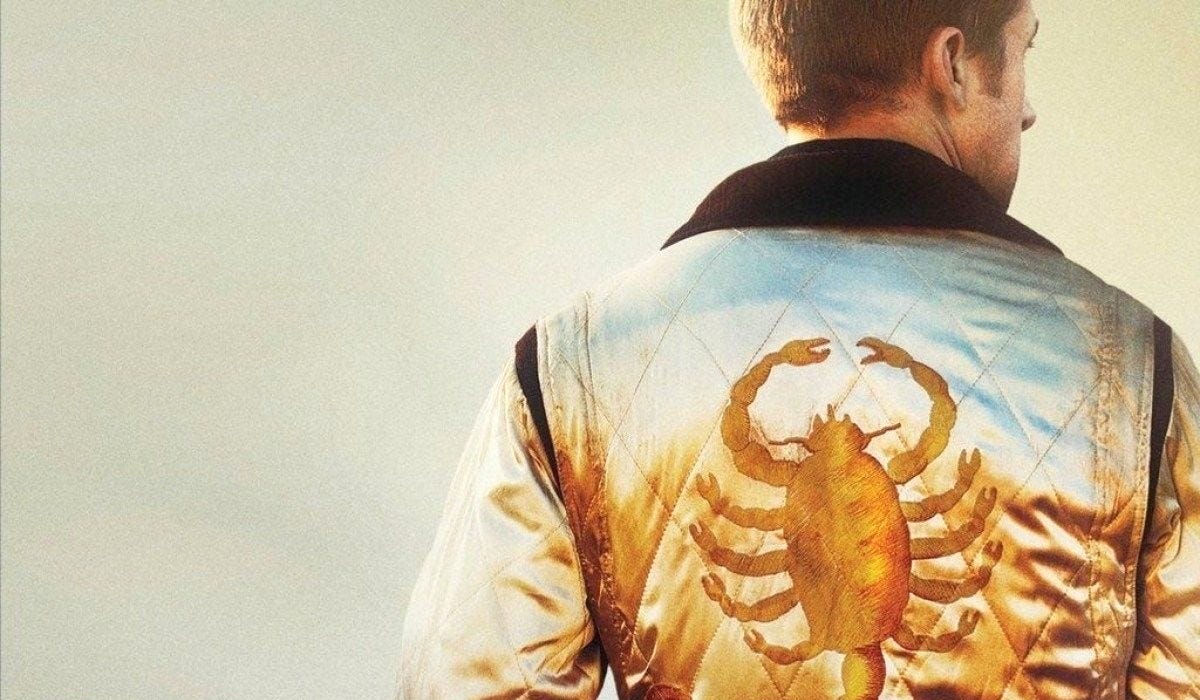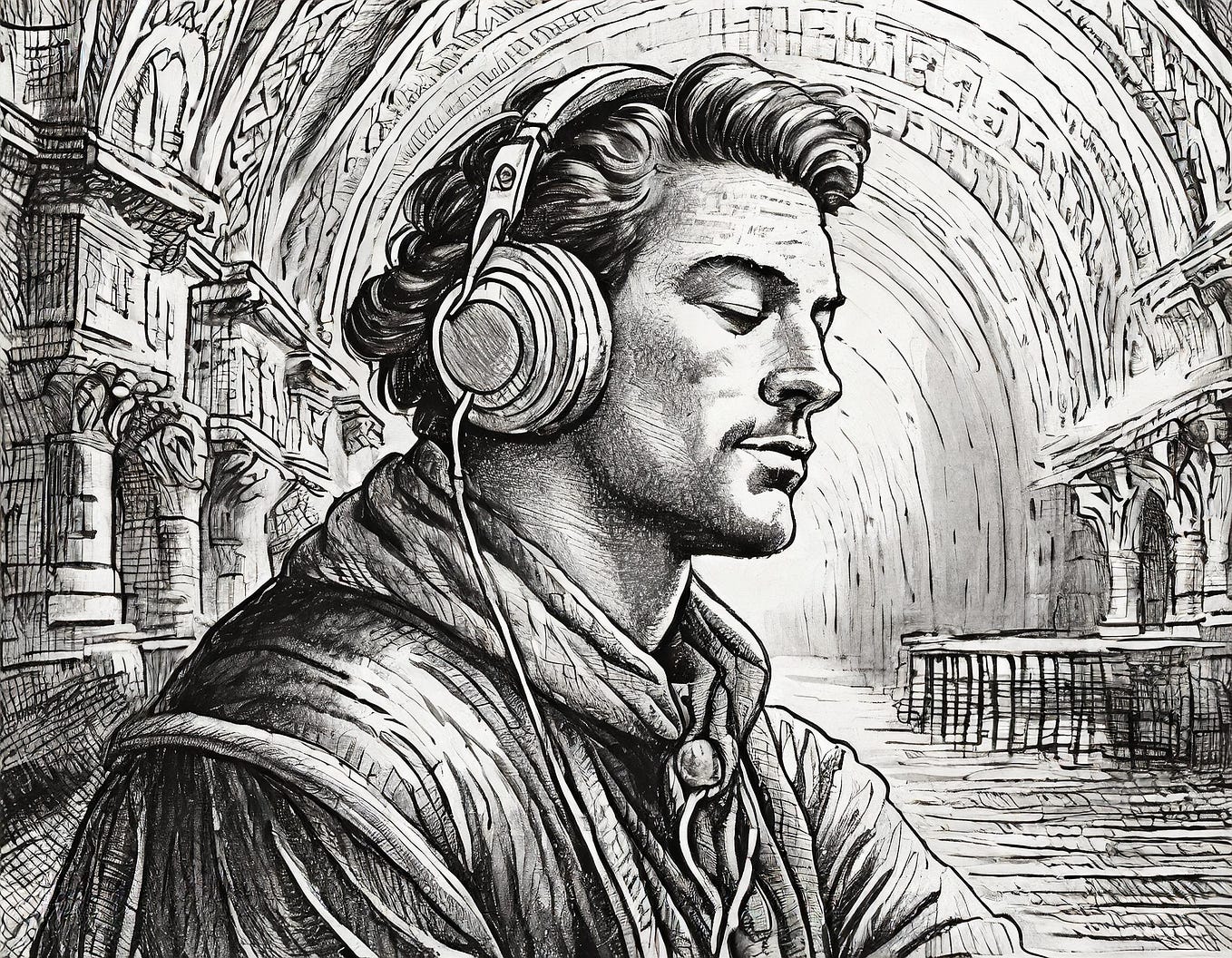Why 1980s Nostalgia Is Everlasting
It’s a question I’ve grappled with for a long time: why is 80s nostalgia so strong, still to this day? I may have found the answer.
Decades: The 1980s
Back to the Future. Ghostbusters. Die Hard. What do these films have in common? They are highly original and classics in their genre. They started long-lasting, influential franchises. And: they all hail from the 1980s. In fact, scores of important visual media properties took shape during these years. And that is the reason why the eighties are immortal in today’s cultural discourse.
For starters, consider this list of media franchises from the 1980s:
- Terminator (1984)
- Rambo (1982)
- Transformers (1984)
- Child’s Play (1988)
- It (1986)
All of them have had new chapters released in the last couple of years. Terminator: Dark Fate and Rambo: Last Blood, both from 2019, are direct follow-ups to the respective main series. Bumblebee (2018) is a spin-off to the live-action adaptation of the original Transformers cartoon. Child’s Play (2019) is a reboot of the original movie from 1988. And It: Chapter Two is the sequel to the second film version of Stephen King’s 1986 book.
Other media properties from the 80s that are still part of the cultural consciousness include:
- Aliens
- Back to the Future
- Blade Runner
- Conan
- Die Hard
- E.T.
- Ghostbusters
- Gremlins
- Indiana Jones
- Mad Max 2
- Predator
- Robocop
- Teenage Mutant Ninja Turtles
- The Empire Strikes Back
- Top Gun
Larger Trends of the 1980s: Ghibli, Disney, John Woo
In addition to many franchises starting in the 1980s, there are also some bigger, long-lasting trends that can be traced back to the decade.
For example, Hongkong cinema experienced a peak in the 1980s. Lots of movies from all kinds of genres came out on a seemingly monthly basis. Influential superstars emerged from the wave, like actors Jackie Chan and Andy Lau, or action directors John Woo and Ringo Lam.
There was also the rise of Japanese anime. Gundam and Macross hit the mainstream in the early- to mid-1980s, redefining sci-fi and mecha anime. Same for Cyberpunk: this variant of science-fiction storytelling is deeply rooted in the 1980s, established on the big screen by Blade Runner in 1982, and continued, for example, by anime TV shows and movies, such as Bubblegum Crisis (1987) or Akira (1988).
The Z storyline of Dragon Ball, the blueprint of modern fighting anime, debuted in 1988. Many early masterpieces from legendary Studio Ghibli also released during the eighties: Nausicaä of the Valley of the Wind in 1984, Castle in the Sky in 1986, Grave of the Fireflies and My Neighbor Totoro (both 1988), and lastly, Kiki’s Delivery Service in 1989.
Similarly, Disney began its “Renaissance” of animated features at the tail end of the 1980s, with The Little Mermaid in 1989. Superhits like The Lion King, Aladdin, or Beauty and the Beast soon followed in the early- to mid-1990s.
Edge Cases: Superheroes and Space Adventures
The major Hollywood trend in the 2010s have been comic book action films, such as The Avengers or Wonder Woman. I would credit the first Superman movie as the origin of this genre in its modern form. It came out in 1978. That’s close to the 1980s, of course, but more noticeably, all its sequels released over the course of the eighties. The (failed) first reboot of the Superman series was attempted in the 2000s. As I argued in another Medium story, 1980s nostalgia was most straightforward during the 2000s.
And another important superhero film falls into the 1980s: Tim Burton’s heavily marketed adaptation of Batman, with Michael Keaton in the lead role. As such, Superman II (1980) and Batman nicely bookend the decade and consolidate it as the beginning of superhero movies as we know them today.
Question: what is the birth year of Star Wars? Surely 1977, when A New Hope was released. However, many Star Wars fans (me included) would name the sequel to A New Hope as their favorite of the saga: The Empire Strikes Back. Release year: 1980. Empire is the most important Star Wars film because it greatly expands the series’ characters and overall mythology. In many ways, it’s the quintessential Star Wars experience. Of course, Return of the Jedi also came out in the 1980s.
Another edge case is Alien. The original movie was released in 1979. Its follow-up Aliens, however, came out right in the middle of the decade (and my favorite 80s year), 1986. As many movie fans know, Aliens is vastly different in tone than the original, employing a military theme and lots of action. I’d even call Aliens its own franchise, with its own cultural echoes. Remarkably, Aliens has had a strong impact not only on movies, but also on video games, probably to an even greater extent. The space marine trope popularized by the movie is a mainstay in shooter games such as Doom or Halo.
Similarly, the Mad Max franchise became big throughout the 1980s. The original Mad Max came out in 1979, just like Alien 1. It was its sequel, however, The Road Warrior, which cemented the series as a cultural touchstone. And again, Japanese anime would latch onto many of Mad Max’s tropes, most notably in the form of manga/anime Fist of the North Star (Hokuto no ken).
So, What About the 1990s?
As we’ve seen, the 1980s are the origin of a massive amount of media franchises and related brands, which impact the industry until today. Of course, other powerful franchises rose to prominence afterwards. Many of them, however, were still under the 80s influence. For example, the first Jurassic Park movie came out in 1993 — Michael Crichton wrote the book it is based on throughout the 80s. And what about The Matrix? A very 1990s and 2000s experience, to be sure. But the influences of The Terminator, Cyberpunk anime, and John Woo’s slow-motion style are evident.
A peculiar case from the 1990s is Quentin Tarantino. He is distinctively known for citing old movies, TV shows, and pop songs in is films, mostly from the 1960s and 70s. Comparably, Tarantino rarely references the 1980s. It almost seems like he wants us to forget the seismic shift in pop culture that the 1980s brought with them.
Summary and Outlook: The Immortal Pop Culture Decade
No other decade has shaped pop culture like the 1980s. Many of the most influential media franchises started during this decade. And that is why nostalgia for the 80s will last as long as those properties stay relevant. And there are no signs of big eighties brands slowing down any time soon. Top Gun flies back to cinemas soon, Predator just got a new video game, Star Wars is everlasting.
It’s hard to imagine another spark of creativity similar to the one that happened in this immortal pop culture decade.
Of course, the big question is now: why? Why the 1980s? I’ve thought a lot about possible reasons during the writing of this story. Indeed, I strived to incorporate them here. But I decided to write another story, a kind of sequel to the above. You can find it here:







